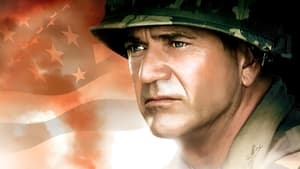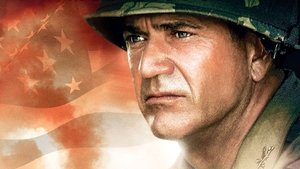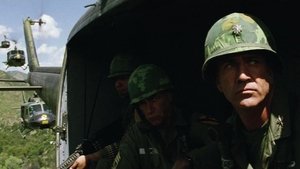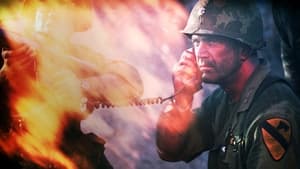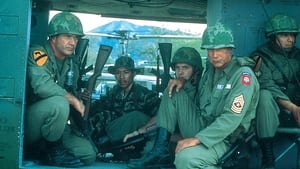
Video Sources 11 Views Report Error

Synopsis
The Vietnam War was a complex and prolonged conflict that deeply marked the history of the 20th century. Within this struggle, the American phase introduced a new military dimension, with the first major battle being a crucial episode that defined the intensity and brutality that would characterize the conflict. This confrontation was not only a military clash but also a test of endurance, courage, and conviction for the soldiers on both sides involved.
This battle represented the first significant engagement between the United States forces and the North Vietnamese Army, along with the Viet Cong fighters. For the Americans, it was an introduction to hostile terrain—a dense and unfamiliar jungle that complicated any military operation. The encounter tested the strategy, preparedness, and morale of the troops, who had to quickly adapt to a cunning enemy, familiar with the terrain and backed by strong local support.
On the Vietnamese side, the battle symbolized the steadfast defense of their territory and their determination to resist foreign intervention. The soldiers of the Viet Cong and the People’s Army of Vietnam demonstrated impressive tactical knowledge, using ambushes, underground tunnels, and guerrilla-style combat that challenged the conventional American forces. The battle reflected the fighting spirit of a people determined to maintain their independence and sovereignty, despite the powerful forces against them.
Original title We Were Soldiers
IMDb Rating 7.2 155,919 votes
TMDb Rating 7.1 2,106 votes
Director
Director
Cast
Lt. Col. Hal Moore
Julie Moore
Maj. Bruce 'Snake' Crandall
Sgt. Maj. Basil Plumley
2nd Lt. Jack Geoghegan
Barbara Geoghegan
Joe Galloway
Lt. Col. Nguyen Huu An
Sgt. Ernie Savage
1st Lt. Charlie Hastings


